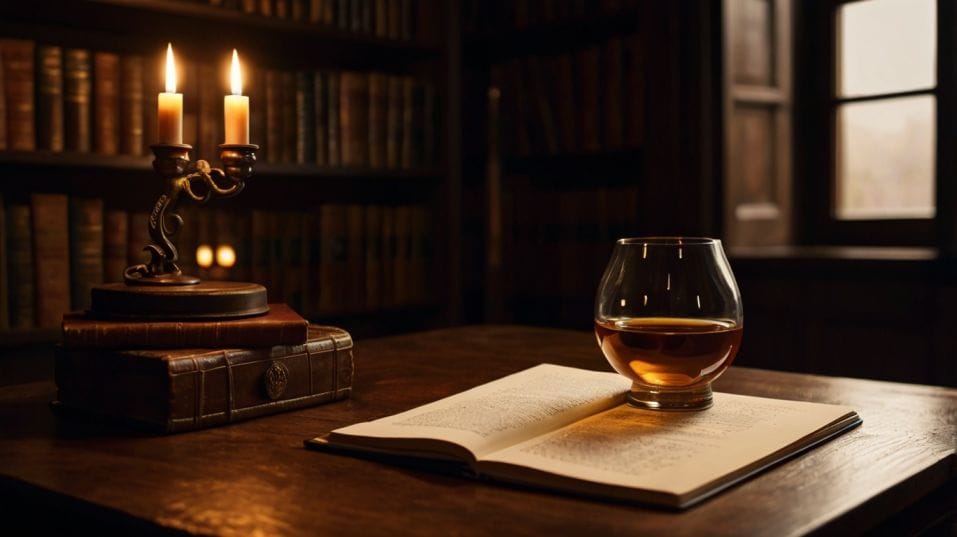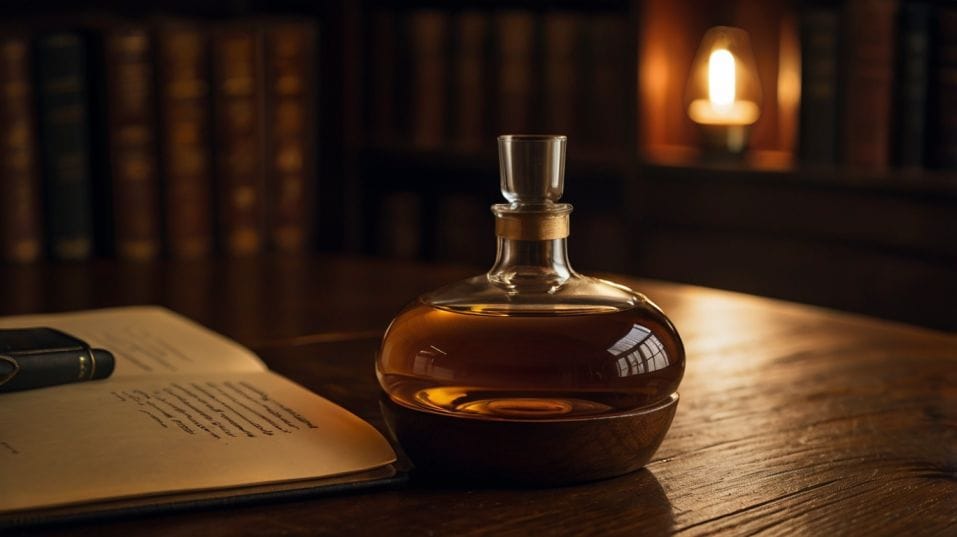The Beginner’s Guide to Tasting Whiskey Like a Pro
Curious about whiskey? Learn how to taste with confidence, collect with purpose, and explore flavor like a pro—no snobbery required.

Ever wonder what separates a whiskey drinker from a true taster? It’s not the bottle or the bar—it’s attention. You don’t need rare finds or fancy rituals. You need curiosity and the patience to let each sip teach you something.
This guide strips away the snobbery and gets real about how to taste whiskey with purpose, build your palate, and enjoy every glass like a seasoned pro—even if you’re just getting started.
Start With the Glass—but Don’t Get Precious
Yes, glassware matters. But not in the way whiskey snobs make it seem. The right glass helps focus the aroma and directs the whiskey onto your tongue in a way that reveals more nuance.
A Glencairn glass is ideal—it’s designed for nosing and sipping. A tulip or copita works, too. If all you have is a rocks glass, you’re still in the game.
Here’s what actually matters: use a clean, dry glass. Skip the ice. Skip the soda. You’re here to taste, not to drink.
Pour a small amount—half an ounce is enough. Hold the glass by the stem or base to avoid warming the liquid with your hand. Let it sit a minute. Whiskey needs air. So do you.

Understand What You’re Tasting—Before You Taste It
Every whiskey is made of the same core ingredients—grain, yeast, water, and wood—but how those elements are handled determines what ends up in your glass.
Malt or corn? Pot still or column still? New oak or used barrels? You don’t need to memorize production methods, but knowing the basics helps you decode flavor.
A bourbon will hit different than a Scotch. A peated Islay won’t taste like a rye-heavy Kentucky whiskey. But every whiskey has structure: nose, palate, finish. And every one can teach you something.
Think of each pour as a language. The more dialects you try, the more fluent you become.
The Nose Knows More Than the Tongue
Don’t rush in. Before you take a sip, nose the whiskey gently. This is the first real moment of tasting, and it tells you more than the flavor ever will.
Swirl the glass lightly to release aroma. Bring it to your nose slowly, just under your nostrils. Keep your mouth slightly open. Let the scent roll in.
Avoid deep sniffs at first—let the alcohol evaporate a bit so it doesn’t numb your senses. Then come back. Try again. You’ll start picking up shape, depth, personality.
What do you smell? Don’t reach for tasting notes from the bottle. Look inward. Caramel? Earth? Smoke? Dried fruit? Grain? Think in broad strokes. Is it sharp or soft? Clean or funky?
Smelling builds memory. The more you do it, the more you recognize patterns. That’s the beginning of real tasting.
Sip, Don’t Suck
That first sip? Let it coat your tongue. Don’t analyze—just observe. Give your palate a few seconds to adjust. The second sip is where the real flavor comes through.
Focus on how it feels. Is it oily, dry, creamy, crisp? Does it spike in one area of your mouth, or spread evenly?
Now think about taste. Not just sweet or spicy—but movement. Does it hit hard and fade fast? Or grow into something round and lasting?
Professional tasters often describe whiskey in phases: front, mid-palate, finish. You don’t need that language, but you do need awareness. Tasting is active. Stay present. Don’t chase approval. Chase understanding.
Add Water, Add Insight
Adding water to whiskey isn’t weak—it’s tactical. Just a few drops can open up locked aromas, soften harshness, and reveal hidden layers.
Use a straw or a dropper. Stir gently. Wait a few seconds. Nose again. Taste again. You might notice new fruit, new spice, a new texture.
Some whiskeys improve dramatically with dilution. Others don’t. But you won’t know unless you try. Water isn’t just a crutch—it’s a control tool. Professionals use it constantly. So should you.
Compare to Learn, Not to Judge
If you really want to fast-track your tasting skills, set up side-by-side comparisons. Pour two (or more) whiskeys. They don’t need to be expensive. They just need to be different.
Try a high-rye bourbon next to a wheated one. Or a young single malt next to a 12-year-old. Then taste back and forth. Smell back and forth. Which has more depth? More sweetness? More bite? Which do you remember five minutes later?
Contrast builds context. Context sharpens insight. That’s how tasters get better—not through memorization, but through experience.
Build a Flavor Memory
Whiskey isn’t just about taste. It’s about memory. You build your palate by remembering what things smelled and tasted like—so you can compare them later.
You don’t need a tasting journal (though it helps). But you do need to reflect. Think about what stood out. What surprised you. What made you want another sip—or not.
Try giving each whiskey a one-sentence summary. That forces clarity. It’s not about being clever—it’s about noticing what matters.
“Rich and woody with a dry finish.” “Bright, light, but hot.” “Funky nose, sweet palate, short finish.” That’s the kind of note that helps you remember, not just record.
Drop the Pretense. Stay Honest.
Professional tasters don’t pretend to like everything. Neither should you. It’s okay to dislike peat. Or find some bourbons too sweet. Your palate is your own.
Tasting like a pro means being honest. It means asking, “What’s actually happening here?” rather than, “What am I supposed to be tasting?”
That honesty builds taste. It also helps you collect better—because you’re buying bottles that speak to you, not chasing status or social media praise.
Collect for Flavor, Not Flex
It’s easy to get swept up in hype. Rare releases, limited editions, secondary market prices. Ignore that noise.
A smart collection is built on personal preference, not prestige. Find producers whose style fits your palate. Stock bottles that offer contrast—different mash bills, aging styles, barrel types, regions.
A good shelf teaches you something with every pour. It grows as you do. That’s what makes collecting fun—and sustainable.
Final Thoughts
Tasting whiskey like a pro isn’t about looking the part or sounding impressive. It’s about training your senses, asking better questions, and staying curious. It’s about turning a small pour into a real moment of insight.
So don’t wait. Open something you haven’t tried before. Smell it like it matters. Taste it without rushing. Write down what hits you. Then do it again next week. This isn’t a trend. It’s a skill. And you’re already building it—one glass at a time.




